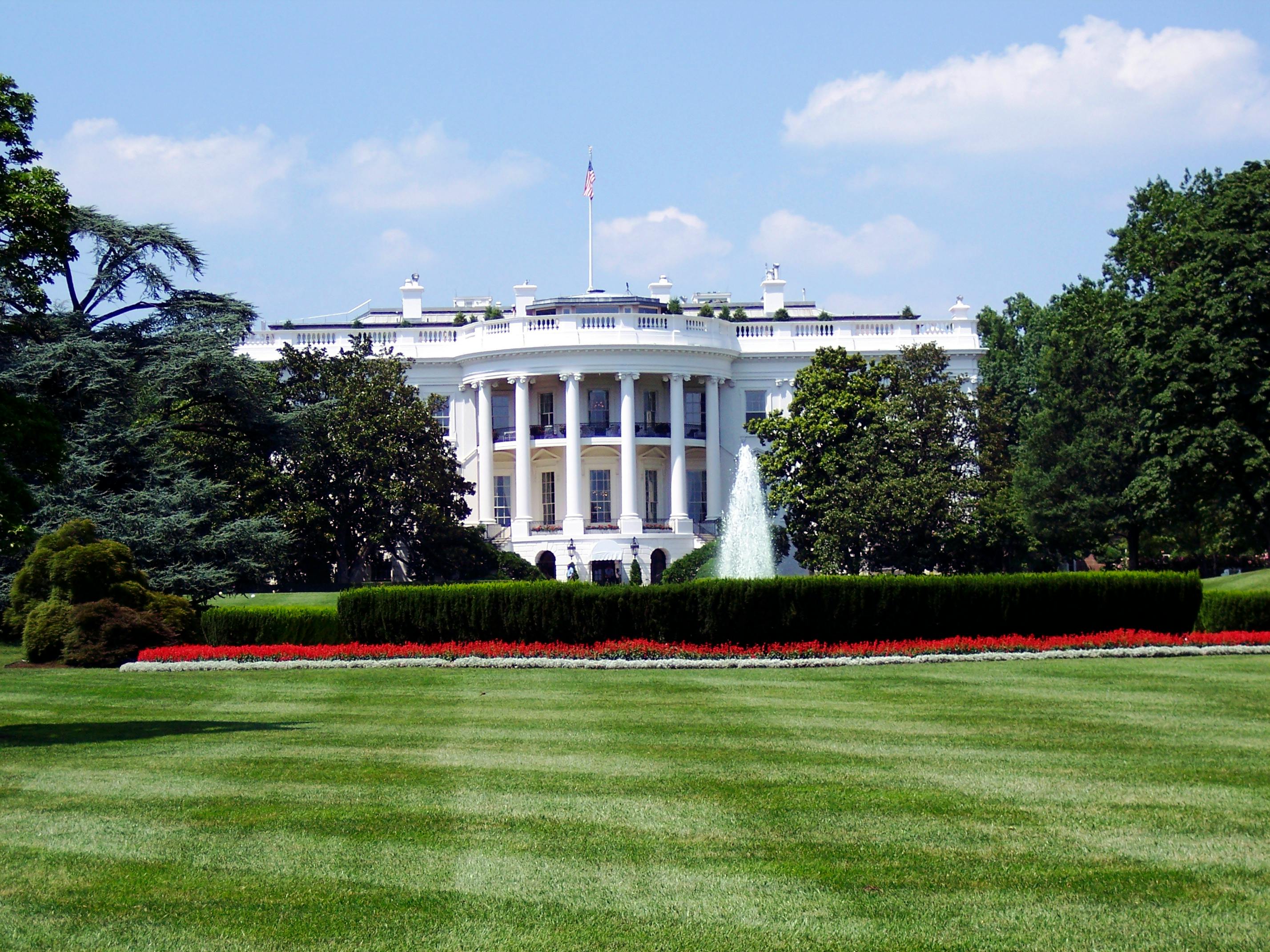Oil is not just a commodity; it's the lifeblood of the global economy. From fuelling vehicles and aeroplanes to powering industries and generating electricity, oil plays an irreplaceable role in modern civilisation. The global oil market, shaped by reserves, production capacities, geopolitical alliances, and strategic interests, has long been dominated by a few powerful nations. Among them, the United States and Russia have consistently stood at the helm due to their massive reserves and production capabilities.
 |
| Photo by Tom Fisk |
However, in recent years, emerging economies like India have begun to influence global oil dynamics more significantly—not through reserves or production, but through consumption, strategic alliances, and refining capacity. As the world transitions into a new energy order—where geopolitics, climate goals, and market economics intersect—the roles of these three nations are becoming more complex and interdependent.
Global Oil Reserves: A Snapshot
Oil reserves are underground deposits of crude oil that can be extracted economically. According to the latest BP Statistical Review of World Energy and OPEC data:
-
Venezuela holds the world’s largest proven oil reserves (~304 billion barrels), followed by Saudi Arabia, Canada, Iran, and Iraq.
-
Russia ranks 6th globally, with about 107 billion barrels.
-
The United States holds approximately 68 billion barrels, although its proven reserves are dwarfed by its daily production capacity.
-
India, on the other hand, has minimal crude oil reserves (about 4.5 billion barrels), making it heavily dependent on imports.
The size of a country’s reserves is only part of the equation; what matters more in the current context is how effectively these reserves are monetised, produced, and managed in geopolitical frameworks.
The United States: From Importer to Export Giant
The Shale Revolution
For decades, the U.S. was the world’s largest oil importer. However, the advent of hydraulic fracturing (fracking) and horizontal drilling transformed the landscape in the early 2010s. The shale oil revolution turned the U.S. into the world’s largest crude oil producer by 2018.
-
Production: As of 2024, the U.S. produces nearly 12–13 million barrels per day (BPD), surpassing both Russia and Saudi Arabia.
-
Exports: It exports over 4 million BPD of crude oil and significant volumes of refined petroleum products.
-
Strategic Petroleum Reserve (SPR): The U.S. maintains the world's largest SPR, with a capacity of around 714 million barrels, used to stabilise markets in times of global disruption.
Geopolitical Strategy
Oil independence has bolstered U.S. geopolitical leverage. Sanctions on oil-exporting nations like Iran and Venezuela would not have been as feasible without domestic energy security. Furthermore, the U.S. uses its energy exports—especially liquefied natural gas (LNG)—as a tool to counterbalance Russian influence in Europe.
Russia: The Geopolitical Energy Behemoth
Russia’s vast oil and natural gas resources are central to its geopolitical influence, particularly in Europe and Asia.
Production and Export
-
Russia produces about 10–11 million BPD.
-
It is the second-largest crude oil exporter globally, trailing only Saudi Arabia.
-
A significant portion of its oil is exported to Europe, China, and India.
Weaponizing Oil
Russia has historically used energy exports as leverage. Its Nord Stream pipelines supplied natural gas to Europe, giving it substantial influence—until the Ukraine war changed that calculus.
Sanctions and the Ukraine War
After Russia invaded Ukraine in 2022, the U.S. and EU imposed severe sanctions on its energy sector:
-
Europe moved to cut Russian oil and gas imports.
-
The G7 price cap on Russian oil aimed to reduce Moscow’s revenue while ensuring a stable global supply.
-
In response, Russia reoriented exports to China and India, offering steep discounts.
Despite sanctions, Russia has sustained its oil exports by developing a shadow fleet, alternative financing routes, and settling trades in non-dollar currencies—especially the yuan and rupee.
India: The Demand Powerhouse
India is the third-largest oil consumer in the world, after the U.S. and China. Its economy is growing rapidly, and energy demand is projected to increase significantly over the next two decades.
Key Statistics
-
Consumption: India consumes about 4.9 million BPD.
-
Imports: It imports over 85% of its crude oil.
-
Top Suppliers: Traditionally, the Middle East (Iraq, Saudi Arabia, UAE), but since 2022, Russia has emerged as India's top supplier, offering discounted crude.
Strategic Moves
1. Russian Oil Discount Advantage
In 2022, while Western countries boycotted Russian oil, India ramped up purchases:
-
By mid-2023, over 40% of India’s oil imports came from Russia.
-
India paid for some of this oil in rupees and dirhams, reducing dollar dependency.
-
Russia became a critical supplier of Urals crude, refined in Indian facilities and often re-exported as petroleum products to Europe and other markets.
2. Refining Superpower
India has the fourth-largest refining capacity in the world (over 5 million BPD):
-
Reliance Industries and Indian Oil Corporation (IOC) operate some of the world’s largest and most complex refineries.
-
India imports crude, refines it, and exports refined products—petrol, diesel, jet fuel—creating a robust trade loop.
This refining capacity positions India as a middleman in the global oil supply chain, profiting from arbitrage and geopolitical inefficiencies.
3. Diversification and Strategic Reserves
-
India is diversifying its sources to include Guyana, the U.S., and African nations.
-
It is building Strategic Petroleum Reserves (SPR) with a target of 39 million barrels, aimed at buffering against supply shocks.
Geopolitics and Energy Diplomacy
Oil isn't just about economics—it’s at the heart of global diplomacy.
India’s Energy Diplomacy
India walks a tightrope:
-
It aligns with the West on key issues like climate change and the Indo-Pacific strategy.
-
Simultaneously, it maintains strong ties with Russia—a legacy of Cold War-era relations and strategic autonomy.
-
It leverages its market size to negotiate favourable terms, including long-term contracts and discounts.
India also pushes for multipolar energy governance—advocating for reforms in OPEC, IEA, and pricing benchmarks, which are currently skewed in favour of Western powers.
The Global Market: Complex Interdependencies
The modern oil market is shaped by:
-
Supply shocks (e.g., Libyan civil war, Iran sanctions)
-
Demand fluctuations (COVID-19, green transitions)
-
Geopolitical realignments (U.S.-China rivalry, BRICS expansion)
In this context:
-
The U.S. acts as a swing producer and energy exporter.
-
Russia weaponises oil but faces growing isolation.
-
India emerges as a strategic buyer and refining hub, striking a balance between economics and diplomacy.
The India-Russia oil trade, backed by non-dollar payments and re-exports, challenges the dollar-dominated global energy order.
Climate and the Future of Oil
As the world strives to meet its climate goals, the long-term future of oil is in question. Countries are investing in renewables, electric vehicles (EVs), and hydrogen.
However, oil will remain indispensable for the foreseeable future—especially for transportation, petrochemicals, and developing nations.
India’s Energy Transition
-
India aims for net-zero by 2070.
-
Yet, oil demand is expected to grow until at least 2040 due to industrialisation and mobility expansion.
-
India is investing in biofuels, ethanol blending, and green hydrogen, but oil will remain central for decades.
Conclusion
The global oil market is no longer the exclusive domain of a few petro-states. While the United States and Russia continue to dominate supply dynamics, India’s strategic consumption, refining, and diplomacy are reshaping demand-side geopolitics.
As the world faces an uncertain energy transition, these three nations—each representing a distinct pillar of the oil market—will play pivotal roles in balancing supply, ensuring energy security, and steering global policy.
 |
| Photo by Bia Limova |
-
The U.S. leads in production and geopolitical influence.
-
Russia, despite sanctions, adapts and seeks new markets.
-
India, with rising demand and diplomatic finesse, is emerging as a key swing player in the new global energy equation.
The next decade will likely witness more realignments, with oil remaining a crucial strategic asset—not just for energy, but for influence, stability, and global power.




Comments
Post a Comment